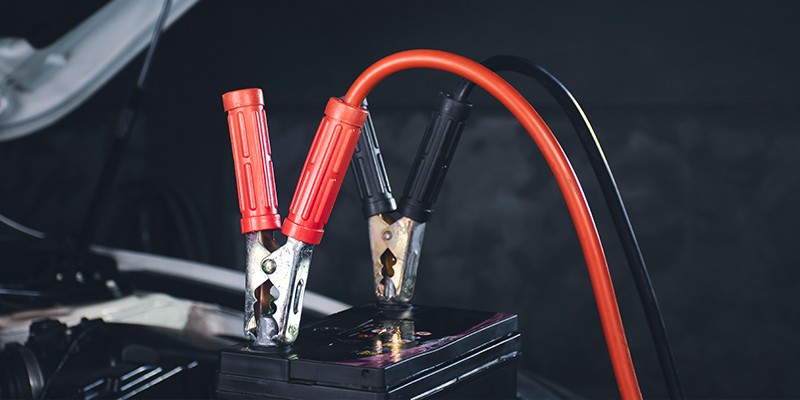How to Safely Jump Start Your Car
How to Safely Jump Start Your Car

There isn’t anything worse than coming back to your car unsuspectingly from a wonderful day out or a long day at work and finding a dead battery. While there are a number of solutions to get your car running again. Here is guide on how to jumpstart your car safely and effectively.
The Traditional Method
The classic method to jump start a car, is with jumper leads or cables.
While effective, these methods do carry risks, incorrect connections can lead to electrical surges, potentially damaging your car’s electronics, battery or even causing personal injury.
How to Jump Start Your Car with Jump leads
Safety Precautions.
It is important not to take risks when it comes to electricity. You should do the following checks before attempting to jump start your car.
- Locate and check the owner’s manual.
- Check for damage, if there is any obvious damage to either the battery or jump leads. Do not risk attempting a jump start. Contact a professional.
- That there are no naked flames, including cigarettes nearby.
- Remove any rings or metal jewellery you’re wearing and make sure nothing metal touches the battery terminals.
- The key is out of the ignition.
What Do You Need?
· A pair of quality jump leads – with a black ‘negative lead and a red ‘positive’ lead.
· Another vehicle with a fully charged healthy battery.
· Gloves and eye protection for extra safety.
Ten Steps to Jump Start a Car
- Before starting, make sure any electrical systems or devices in the car are switched off (lights, radio, sat-nav etc), and if possible, lower the driver’s window.
- Park the second donor vehicle as close to the casualty vehicle as possible, without the vehicles touching. Ensure that the jump leads you intend to use can comfortably reach from one battery to the other.
- Ensure both vehicles’ engines are switched off, remove the keys and open both bonnets (or boot if the batteries located there).
- Attach one end of the red jump lead to the positive terminal on the flat battery. The positive terminal will usually have a plastic cover with a plus (+) symbol on it. Pull back the cover to access the terminal.
- Then attach the other end of the red jump lead to the positive terminal of the working battery on the donor vehicle.
- Attach one end of the black jump lead to the negative terminal of the working battery on the donor vehicle.
- Then attach the other end of the black jump lead to a good earth point on the casualty vehicle – a solid metal part of the engine is usually best (away from the fuel system and battery). Some cars will have a specific location for this, known as an earthing rod. You can find this information in your owner’s manual.
- After a few minutes, start the donor vehicle with the charged battery and leave it to run for a minute. Then attempt to start the casualty vehicle. If it doesn’t start after a few attempts, it might be more serious than a flat battery. In this case, seek professional help.
- If it does start, leave it running for about five minutes.
- Switch off both vehicles and disconnect the jump leads.
How to Safely Remove the Jump Leads
- Switch off the engines on both vehicles.
- Disconnect the black jump lead that is connected to the casualty vehicle.
- Disconnect the other end of the black jump lead from the donor vehicle.
- Disconnect the red jump lead that is connected to the donor vehicle.
- Disconnect the other end of the red jump lead from the battery on the casualty vehicle.
- After the leads have been removed, you can restart the engine on the casualty vehicle.
The battery will need to recharge fully for it to be fully serviceable, which is best achieved using a quality battery charger for several hours. In the meantime, if possible, drive the vehicle normally, and where possible not in heavy traffic for around 30 minutes to try to put some charge back into the battery.
